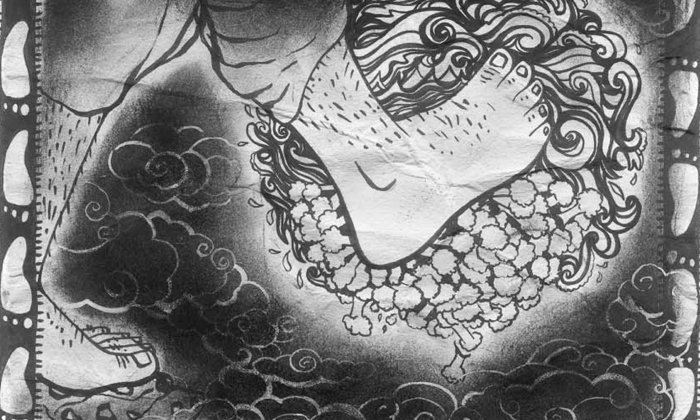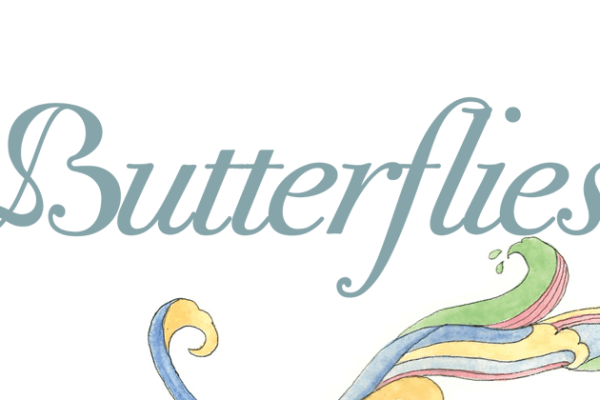At 128 pages, ‘A Gardener in the Wasteland’ attempts a very ambitious sweep to pull off a graphic rendition of Jyotiba Phule’s ‘Gulamgiri’ (1873) and nearly pulls it off.
It is needless to say that this work must be in your bookshelves and that you should buy more than one personal copy and gift to others. Having said this, the book stops short of being the single most important signpost in the sub-genre of Indian graphic novel because Srividya Natarajan’s wordplay and her choice of scenario to distill Phule’s thought is not able to match the minimalist starkness of Aparajita Ninan’s luminous drawings.
What does the book attempt to do? It aims to bring us the basic polemics of Phule’s ‘Gulamgiri’ in visual form. Our usual take on ‘Gulamgiri’ is that it rips open the mask of Brahmanical tyranny, both in terms of manufacturing of history and using that to justify a number of cold blooded, well-planned and structured injustices meted out to Dalits (shudras and atishudras). But it is much more than that. It is almost a theatre dialogue between Jyotiba and Dhondiba, that is richly layered with sub-texts popping up, fading out, popping up, moving forward, backwards, entering a sentence, bending a sentence and at times even assaulting a sentence. In the playful quality of that conversation, Phule does not lose sight of the Brahmanical imperialism and British colonial instincts and that is what makes this text rare.
For example, in the original book, there is a portion in which Phule says: “Our noble government seems to have adopted the policy of trimming their sails to the prevailing wind. You see, because of the prohibition of untouchability, all doors of employment have been closed for atishudras. So naturally they resort to theft as a strategy for survival…”
Years later on the floor of the parliament as this nation was being declared a sovereign and democratic republic, Jaypal Singh Munda thundered: “As a jungle, as an adibasi, I am not expected to understand the legal intricacies of the resolution. But my common sense tells me that every one of us should march in that road to freedom and fight together. Sir, if there is any group of Indian people that has been shabbily treated, it is my people. They have been disgracefully treated, neglected for 6000 years. The history of the Indus Valley Civilisation, a child of which I am, shows quite clearly that it is the newcomers-most of you here are intruders as far as I am concerned-it is the newcomers who have driven away my people from the Indus Valley to jungle fastness…”
Even later, JP was grappling with his definition of Sarvodaya where the goal should be satvik samjvad (socialism by the path of truth) as opposed to tamasik samajvad (dark-violent socialism) and rajasik samjvad (state sponsored socialism). And much like Phule and Jaypal Singh Munda, JP also became irrelevant in our national aims and promises (of course, this trio is much feted but never followed).
The tone of this graphic rendition is too simplistic (the opposite is not over-complexity but at least accessibly nuanced) and could have captured the politicality of the banter and not just its conversationality. The book, of course, has its moments, whether it is menstruating Brahma, or a reference to dalit children rescued in Tamil Nadu, or the dismantling of the myths of ten avatars of Lord Vishnu, one by one. There is a constant bridge between the past and the present (though references like Navayana’s own fellowship for publishing is highly avoidable) and that is important because the analysis couched in banter that Phule expounds concerning a host of subjects, especially the state of education, is relevant even now.
With black paint and dry pastels as her means of execution, bold lines, a new typeface called joti and some very astute use of recurrent motifs, Aparajita Ninan is a new talent whose work we shall await in future. Her drawing retains the starkness of the situation yet accentuates an understated flourish here and there to give us an idea of the extent of Brahmanical machismo and the politics of caste devised and executed by the self-appointed arbiters of divinity.
We are in interesting and exciting times, whether it is Kazuki Ebine’s ‘Gandhi: A Manga Biography’ or Navayana’s ‘Bhimayana’, or Vishwajyoti Ghosh’s ‘Delhi Calm’, the dialectic, the mechanics and the ideologues behind what is being political in India, is finding it’s way into the graphic novel segment. This is a vastly neglected area and it would be wonderful to see subjects like Gandhi in Noakhali, Mahad satyagrapha, the Dalit panther movement of Maharashtra, J. C. Kumrappa, Periyar, Thakkar Bapa, Narayana Guru, D.D Kosambi, Annabhau Sathe, Swami Vivekananda’s Chicago address, Tagore’s letter returning the knighthood after the Jallianwala Bagh massacre, Phule’s other classic, Sarva Janik Dharma Pustak (published in 1891) and so many other flashpoints of history. By becoming subjects of graphic works, print installations, visual treatments or even printed flicker books, the visual vocabulary associated with these incidents will enter our mindspace rather than the academic theorisation that tends to define a much skewed notion of ground reality.
Navayana has produced and curated a very interesting mix of books and with this publication, one hopes that it continues to expand its graphic series repertoire. For a nation of images, sub-images, image-fragments, many of these need articulation, yet remain rooted to its vocabulary. That difficult tightrope work has begun for Navayana, and I am sure they would be at it.


